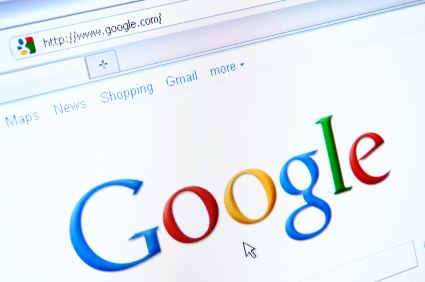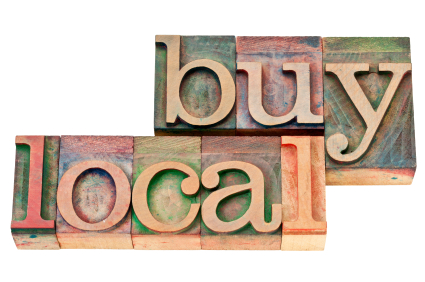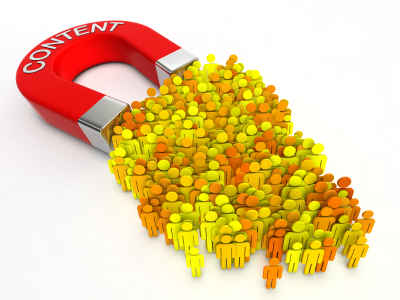Friday 01st November 2013Use Image-based SEO to Drive Traffic Going above and beyond the on-page text starts with how you actually save the images themselves. Google always appreciates a fast-loading page, so images with smaller file sizes tend to get more preferential rankings. Those of you with even a passing awareness of digital images will know that there is a correlation between file size and image quality, and naturally you don't want to try to use a low-quality image to sell your artwork. The heart of this balance lies in your image compression settings. The JPEG file format can strike an amazing balance between image size and quality, but in 99/100 cases, you can get away with using a compression/quality setting of 80 or even 70, which saves a huge amount of file size when compared to a setting of 100. Experiment, and see what balance looks best on your work - in some cases, you may even be able to get away with a setting of 60 without a noticeable loss of quality. Once you've optimised your settings, be sure to choose a filename carefully. Use as much description as possible, including your name and the title of the work at the very least, and consider including the medium, the date, and where it was created. But instead of making it all one long word that Google may have difficulty parsing, use dashes to separate words, as Google treats a dash in a filename as equivalent to a space. Finally, make sure that you set what's known as the 'ALT' text for your images. In its original purpose, ALT text is intended to be read by navigation-assistance programs for blind users in place of images, but it has found another use in the SEO field. Include all your descriptive information in the ALT field as well, although try to switch up the formatting of the text so that Google doesn't consider it a duplication of other content on your page. As you've learned by now, search engine optimisation is one of the most important tools for artists to use when selling artwork online. Unavoidably, most SEO tips and tricks are geared towards online text, simply because that's how keywords are entered into search engines - but with a bit of careful planning, it's possible to ensure that your artwork appears near the start of any image searches. Most of these tips will be specifically targeted towards Google rankings, as Google is the number one source of search engine traffic by a huge margin, but they should help your images rank more highly on other search engines as well. We're going to assume that you've followed our advice from past posts and taken steps to ensure that your on-page text (titles, descriptions, etc) about each image is as descriptive as possible.
As you've learned by now, search engine optimisation is one of the most important tools for artists to use when selling artwork online. Unavoidably, most SEO tips and tricks are geared towards online text, simply because that's how keywords are entered into search engines - but with a bit of careful planning, it's possible to ensure that your artwork appears near the start of any image searches. Most of these tips will be specifically targeted towards Google rankings, as Google is the number one source of search engine traffic by a huge margin, but they should help your images rank more highly on other search engines as well. We're going to assume that you've followed our advice from past posts and taken steps to ensure that your on-page text (titles, descriptions, etc) about each image is as descriptive as possible.
Friday 18th October 2013Connecting Online with Local Art Buyers As an artist hoping to sell your work online, you probably haven't given much of a thought to your local sales prospects. Showing your work in local galleries can be an incredibly difficult process, and even after a great deal of work it doesn't guarantee any of your pieces will actually sell. But it's undeniable that developing a local fanbase can dramatically improve your chances of successfully climbing your way up in the art world. Fortunately, it's possible to combine your online strategy with an offline one to maximise your sales potential.
As an artist hoping to sell your work online, you probably haven't given much of a thought to your local sales prospects. Showing your work in local galleries can be an incredibly difficult process, and even after a great deal of work it doesn't guarantee any of your pieces will actually sell. But it's undeniable that developing a local fanbase can dramatically improve your chances of successfully climbing your way up in the art world. Fortunately, it's possible to combine your online strategy with an offline one to maximise your sales potential.
Saturday 12th October 2013SEO Basics for Artists Most of you have probably heard the acronym 'SEO' by now - but for those of you who haven't, it stands for 'search engine optimisation' and it's one of the most important aspects of online art sales. Search engines are responsible for a massive percentage of traffic for almost every website, and your Gallereo page is no exception. Unfortunately, many artists are not exactly sure how to take advantage of SEO techniques when it comes to their art sales, so we'll take you through some basic tips you can apply to boost your web presence. Even though the field of SEO is huge and constantly changing, these tips are fairly universal and not likely to change any time in the future.
Most of you have probably heard the acronym 'SEO' by now - but for those of you who haven't, it stands for 'search engine optimisation' and it's one of the most important aspects of online art sales. Search engines are responsible for a massive percentage of traffic for almost every website, and your Gallereo page is no exception. Unfortunately, many artists are not exactly sure how to take advantage of SEO techniques when it comes to their art sales, so we'll take you through some basic tips you can apply to boost your web presence. Even though the field of SEO is huge and constantly changing, these tips are fairly universal and not likely to change any time in the future.




